
Art as a weapon of resilience in the aftermath of war in Colombia
In Colombia, the war and its attempts at peace have been a source of inspiration for several artists.
The specter of war has plagued Colombia for more than half a century. Bombings, kidnappings, attacks, drug trafficking and other illegal acts have made the country and all its inhabitants suffer.
On Sept. 26, 2016, the peace agreement was signed between the government of former President Juan Manuel Santos and the FARC-EP guerrilla group. As a result of the treaty, spaces for reconciliation are beginning to take shape in the country through art, music, fashion and politics.
In Cartagena, the ravages of war are still prevalent, and six years after that agreement, artistic initiatives are still being developed to portray how complex the war was, and still is in some areas.
As part of the Cartagena International Film Festival, the film Guerrilla Memories, the first film written, acted and produced by former FARC-EP combatants, premiered. The film narrates reasons why several young people had to join the guerrillas.
"We went from wielding a rifle to wielding a camera," Sonia, a former combatant and peace signatory, told AL DÍA News during the movie's premiere in Cartagena.
RELATED CONTENT
Vanessa, another young participant in the film, told the audience that she had to join the FARC when she was only 12 years old because her town was constantly threatened by other armed forces that forced them to emigrate before they were killed. She saw protection in the guerrillas that allowed her to stay alive.
Painting and sculpting the war
From the other side of the war — those who suffered it as victims — is the artistic exhibition Jungle in Conflict by Óscar Villalobos, which narrates the jungle as a scene of national life, since it is there where many events occurred that strongly influenced the future of the country. Among them, the war occupies one of the first places and the fights against drug trafficking, illegal mining and armed groups.
"Every time a war ends, one begins to reflect on who did what, and art gives the possibility of self-evaluation and to ask oneself questions that in many cases end up being artistic creations," Villalobos told AL DÍA on the day his work premiered in 'Corralito de Piedra'.
The artist also mentioned that art is the medium that allows opening dialogues on the violent events the country has experienced. With his work, he seeks to make viewers ask themselves "what they can do to improve the ecosystem in which we live after the war."
The exhibition is currently open to locals and visitors at the Museo Histórico de Cartagena, located in the Walled Center of the city.


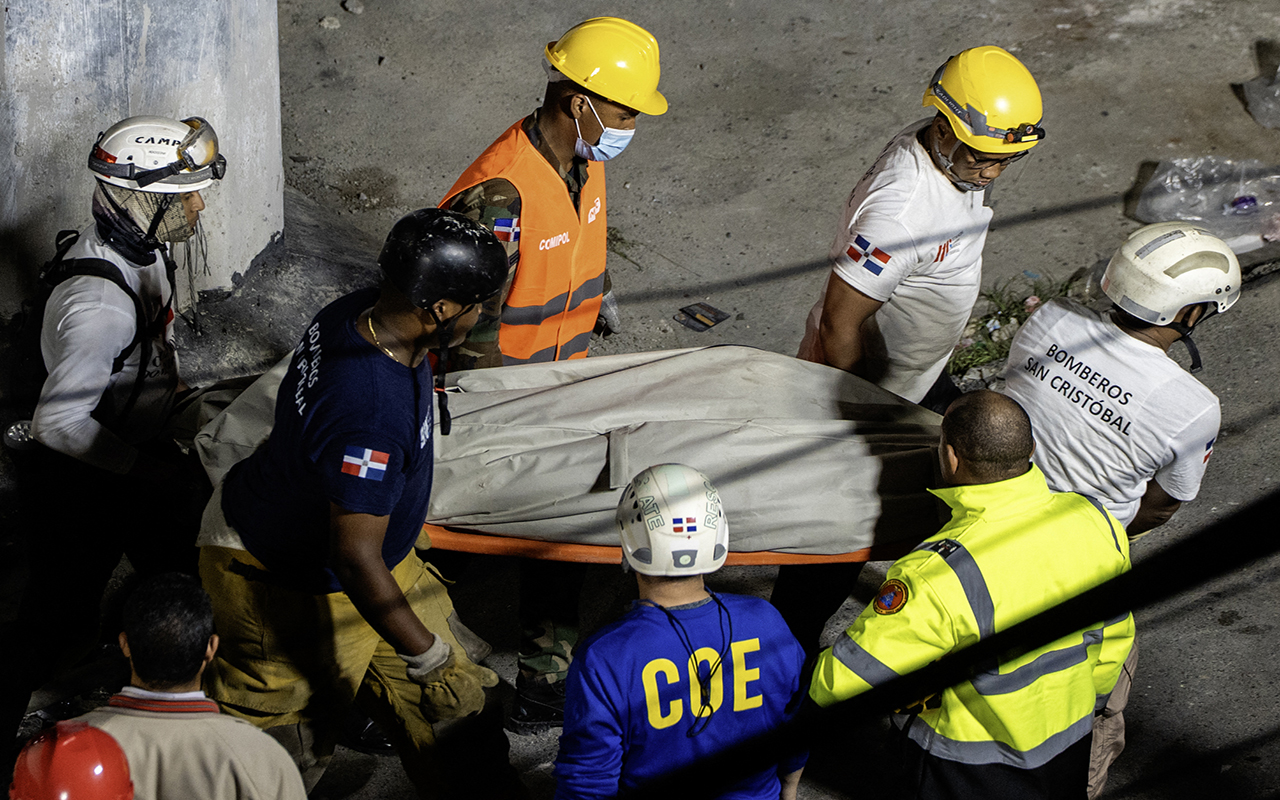

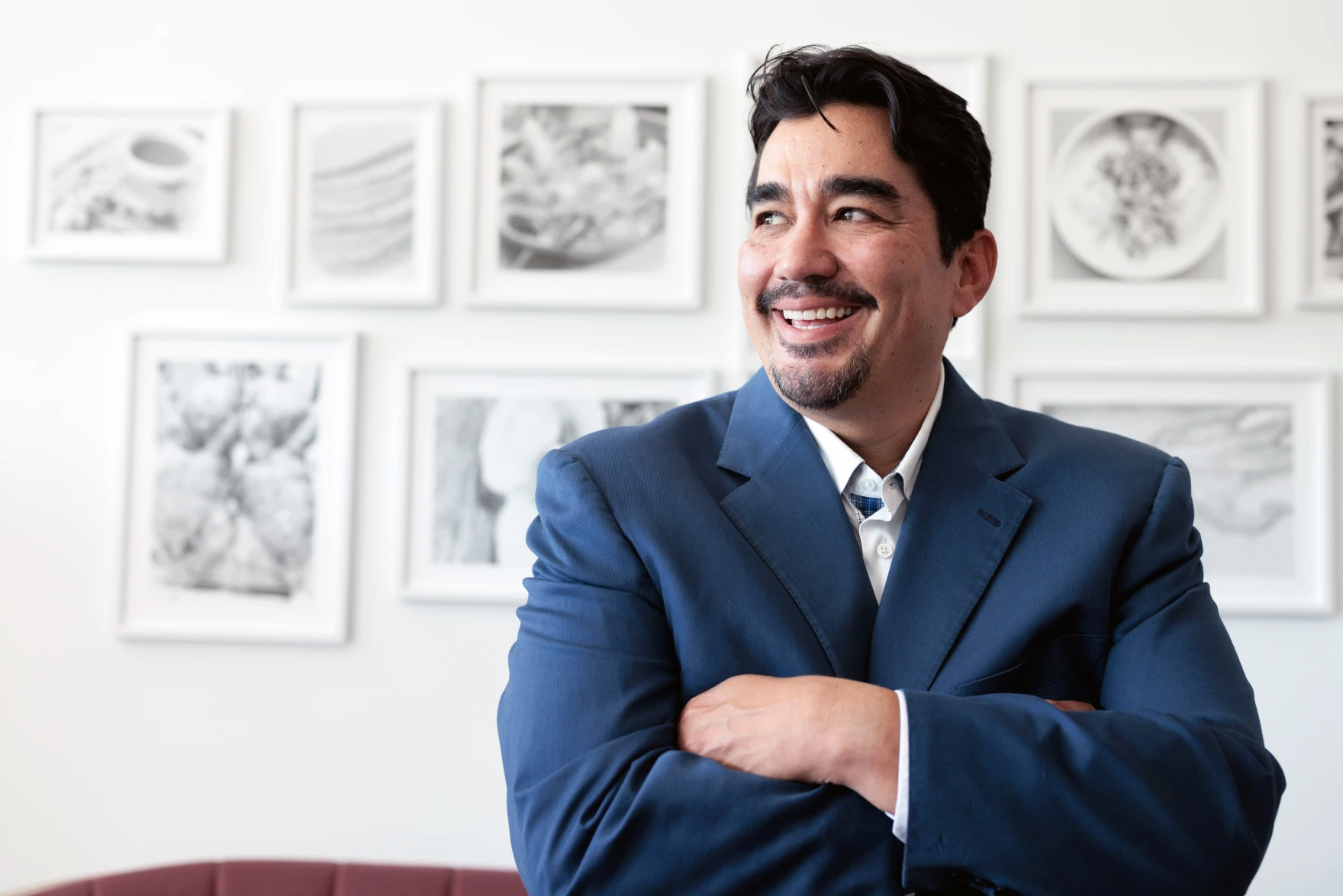

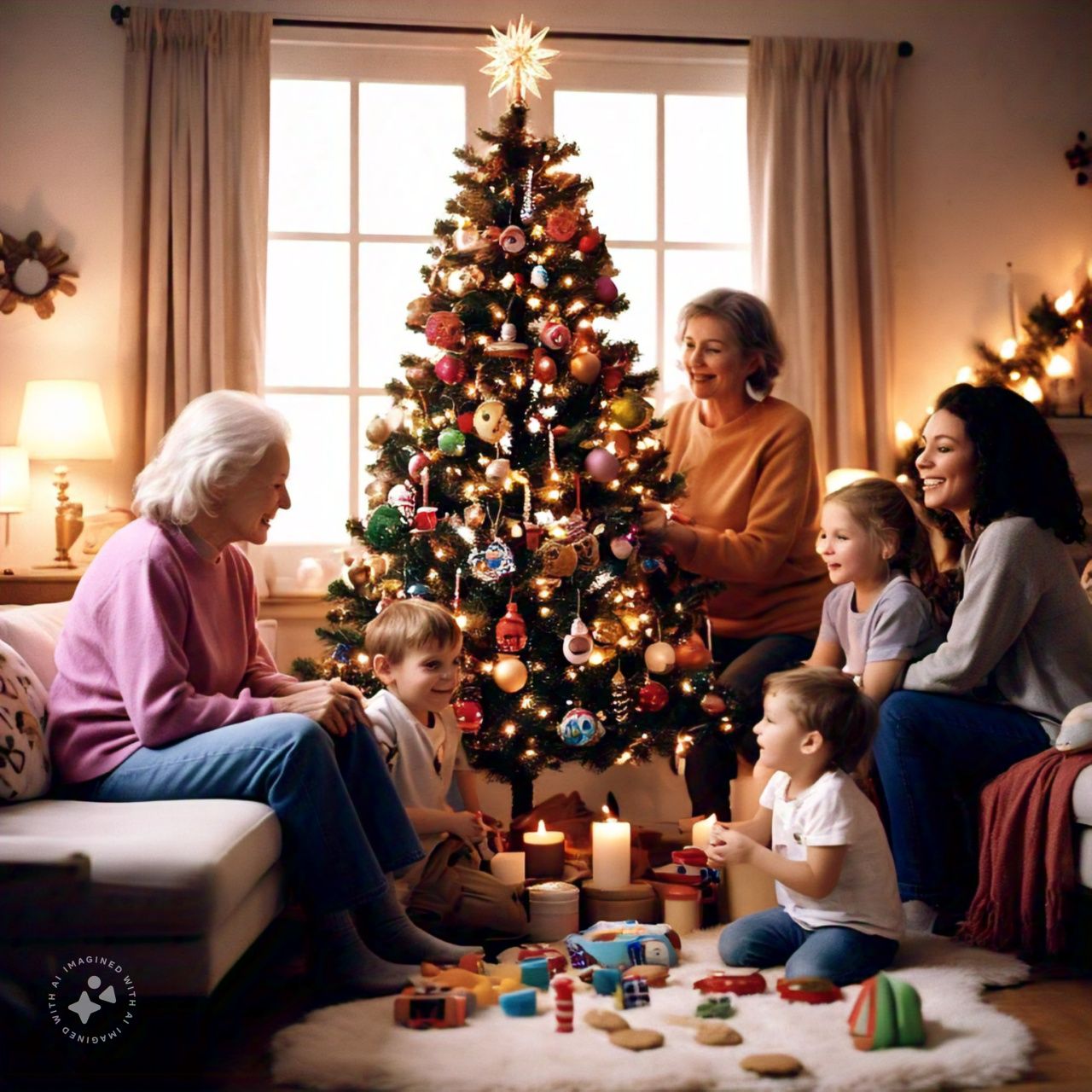
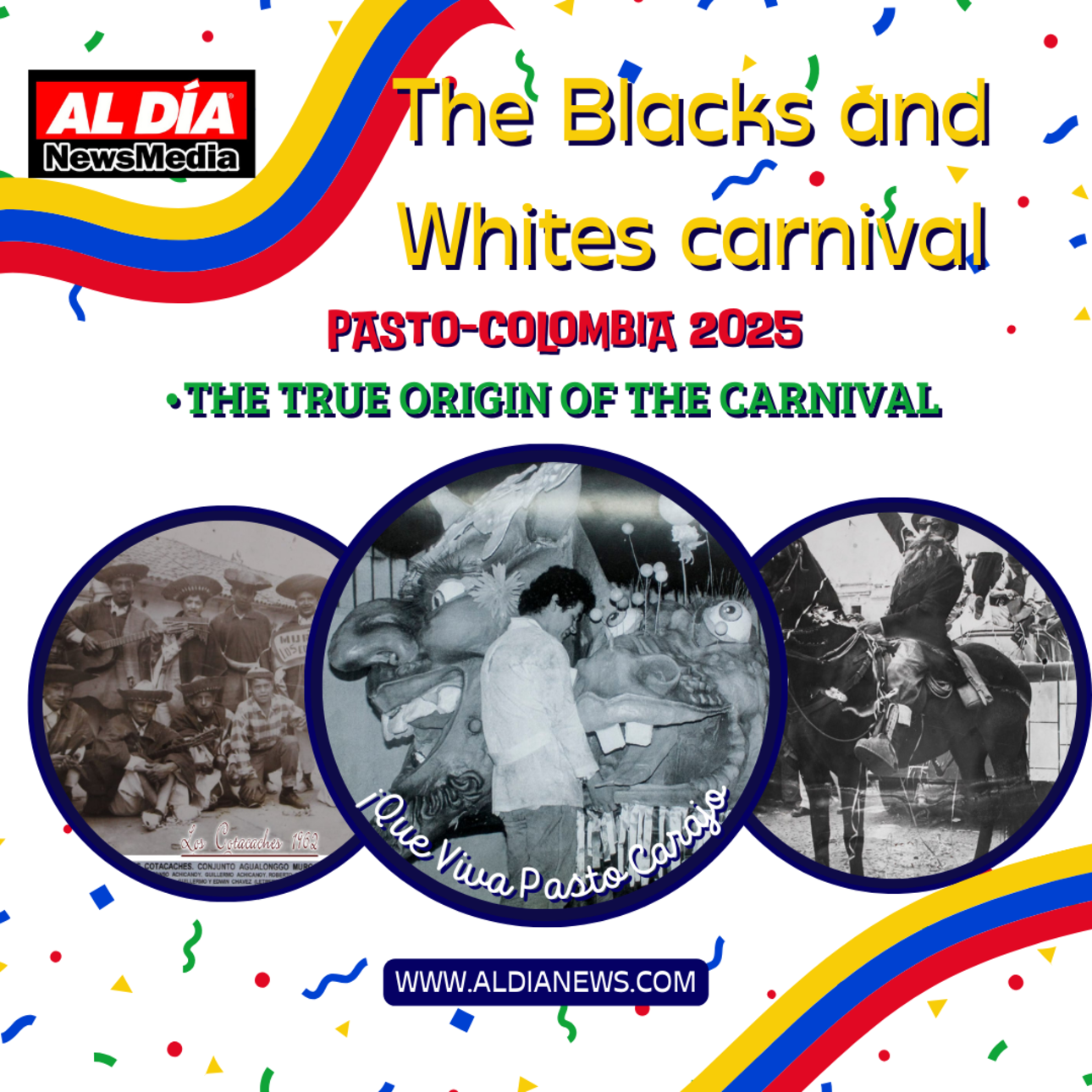


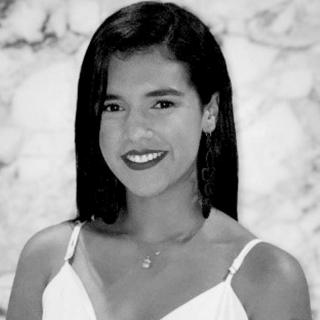
LEAVE A COMMENT: